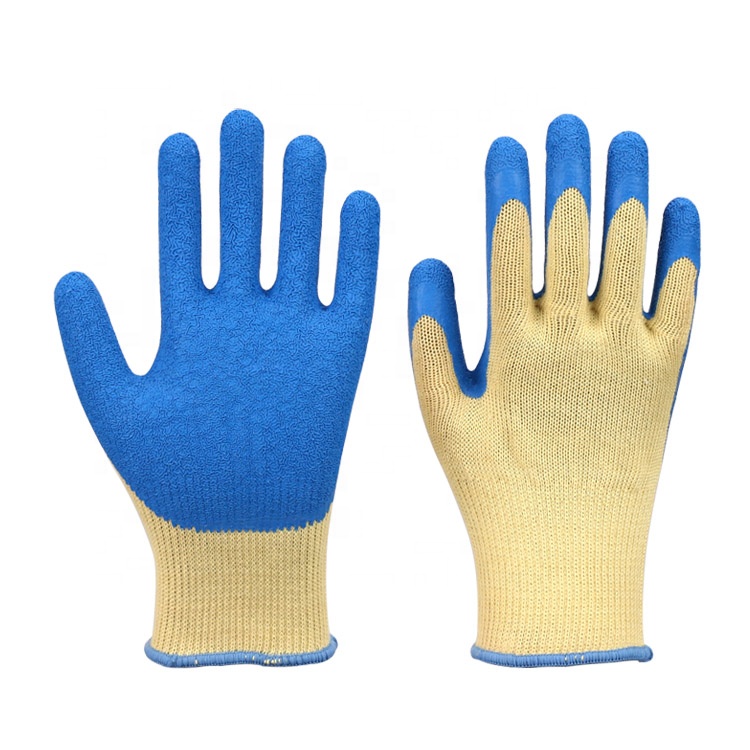How to divide and choose labor protection gloves
Author:Gloves Addtime:2022-12-08 10:56:29 Click:
In the labor insurance market, people often subdivide them according to the material and production process of the gloves or divide them according to the application scope of the labor insurance gloves. In this way, a pair of gloves is divided into different categories according to different characteristics. For those in the industry, this classification is relatively easy to figure out the type of labor protection gloves, but for ordinary people, separating the two methods will undoubtedly increase the difficulty of people's understanding. Next, we may wish to look at it from another angle. Tell about the classification of gloves, so that it is easier for people to have a deep understanding of it.
First, knitted gloves
This kind of gloves is generally made by a professional glove machine after weaving, and then the edge of the glove is hemmed by a hemming machine. Its material is generally polyester, recycled yarn and new yarn. Due to the difference in material cost, the price of these different knitted gloves is also different. In addition, due to the difference in weaving technology, it is divided into seven-, ten-, thirteen-, and fifteen-pin gloves. The seven-pin gloves are the thickest, the heaviest, and the quality is the best. Needle gloves are the least dense, lightest, and least abrasion resistant. When purchasing knitted protective gloves, people are best to choose the right type according to their needs.
Canvas gloves
Similar to knitted labor protection gloves, most canvas gloves are made of recycled cotton yarn, which can well prevent oil stains and dust from contaminating hands through the gap. The characteristics of the canvas itself better protect the hands, the surface will not fluff during use, it is easier to take off, but it is inferior to knitted gloves in terms of softness, and the composition of the canvas gloves is more complex, its color It is not uniform and relatively rough in workmanship, which also determines its low price.
This protective glove is coated with a layer of glue on the basis of the glove lining to increase the wear resistance and elasticity of the glove. Among them, the glove is lined with a knitted glove made of polyester, nylon, polyester-cotton, acrylic, or fiberglass, and a glove made by cutting and sewing textile fabrics mainly made of cotton wool and fleece, and coated with gloves The rubber on the inner lining is generally natural rubber or synthetic latex such as nitrile, PU, PVC, etc. Due to its excellent abrasion resistance and outstanding water, oil, and permeability resistance, it is currently the most widely sold glove. Its disadvantage is that it emits the smell of gel when used in summer.
In addition, the protective gloves also have anti-slip and breathable bead gloves, as well as leather gloves with excellent puncture resistance, cut resistance and thermal insulation effects. I don't know which of the above common glove types are what you need?
